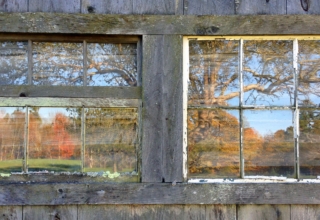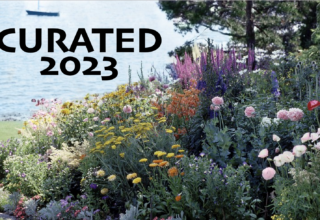
Reflecting on what we say even as we say it.
Reflecting on what is being said by others even as they say it.
Continuing to reflect on what has been said by ourselves or others, even if it was said and written down an hour ago.
Continually reflecting on how new ideas in the room, connect to other new ideas in the room.
Continually reflect on how ideas in the room connect to every idea to which we have ever been exposed in whatever capacity.
What Makes Thinking Whole Substantively Different?
Thinking Whole bridges intuitive decisioning and deliberative decisioning. It provides space for the unknowable and unknown as productively as the well-known and the little-known. It is equally comfortable with empirical western conventions as it is with eastern metaphysics, philosophy, and mysticism.
One of our colleagues and friends was trying to “get a handle” on Thinking Whole and posed the question: “Is it like Hegel’s Dialectic?” The short version of the Dialectic is that first, somebody poses a thesis. Then, somebody poses an anti-thesis. These two argue it out, each grinding the edges off of the other, until a syn-thesis is reached. In the end, the dialectic is essentially an oppositional exercise of mutual attrition on the road to something of a compromise in the form of the synthesis. Perhaps the best way to appreciate
Thinking Whole might be to envision a large dark and limitless space. In the center of that space is an illuminated structure (The Form); clear, substantial, yet simultaneously open. Lao Tzu’s “structure” perhaps? The goal is not to reduce the form but, rather, to perceive the completeness which surrounds and embraces the form. While completeness initially exists outside the beam of light in a state of dim perception, we equally sense that something is there, but we cannot yet appreciate its shape, scale, or edges. (Lao Tzu’s “material” perhaps?)
It is only when we stop trying and yield to the process (Lao Tzu’s “energy?”) that things begin to happen. As our collective native intelligence engages in the open and yielding exploration of Thinking Whole, repeatedly shifting between the perceptible center and the imperceptible edges of knowledge, insight, and wisdom, the wholeness reveals itself. We see the connections, the relationships, and the interplay of the perceptible and the previously imperceptible in perfect balance. What once was in darkness is made clear.
What once distracted us from seeing completeness has dimmed in dominance and is seen as part of a greater, now equally substantial totality. Because we opened our minds to the inevitable existence of completeness, it manifests itself. The result is enlightenment of the whole, a moment of genius, and the revelation of otherwise unapparent connections. (Lao Tzu’s “energy” again? OK, so it sounds a bit metaphysical or philosophical; to which we respond – “what’s wrong with that?” We did say earlier on that TW is the result of a fully integrated, multi-disciplinary, and multi-cultural knowledgebase on the subject of enlightenment and how it has been achieved around the globe and across the millennia; no holds barred, not limits, no preconceptions. So here we are.
Download Article 1K Club

















